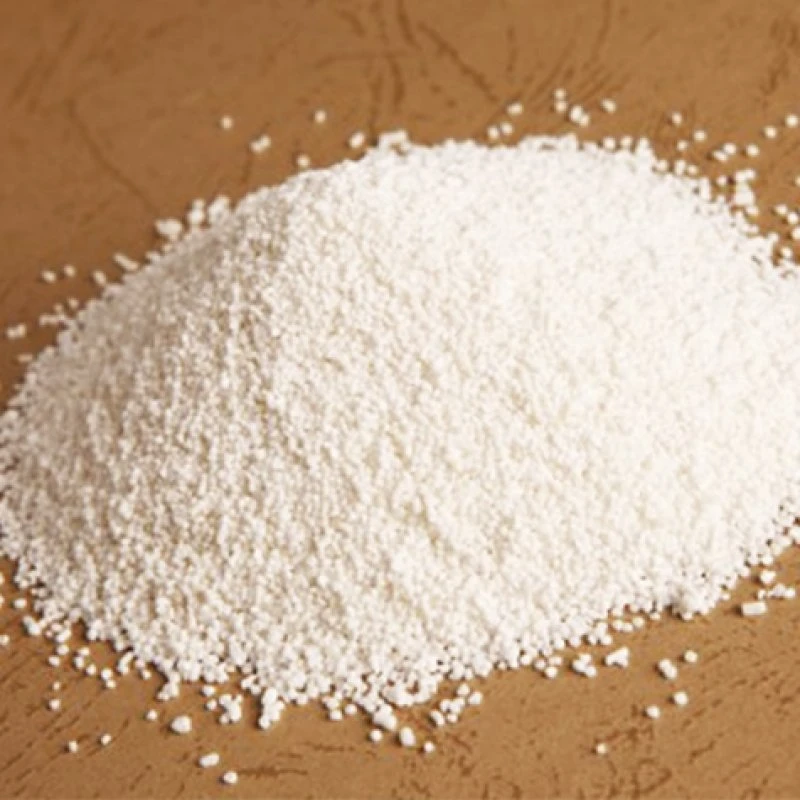



which two substances can be used to sterilise water
The Role of Chlorine and Ozone in Water Sterilization
Water sterilization is a crucial process aimed at eliminating harmful microorganisms, ensuring the safety and potability of drinking water. Among the various methods available, two substances that have garnered widespread use are chlorine and ozone. This article explores the properties, benefits, and applications of these two powerful sterilizing agents in water treatment.
Chlorine A Time-Tested Sterilizer
Chlorine has been used for over a century as a primary disinfectant in water treatment facilities. Its effectiveness against a wide range of pathogens, including bacteria, viruses, and protozoa, makes it an ideal choice for water sterilization. When chlorine is added to water, it forms hypochlorous acid, which is the active species responsible for microbial inactivation.
One of the significant advantages of using chlorine is its residual effect. After the initial disinfection, some chlorine remains in the water, providing ongoing protection against recontamination as the water travels through pipes to consumers. This residual chlorine level is monitored to ensure it remains within safe limits, balancing effectiveness with potential health risks.
However, the use of chlorine also has its downsides. The formation of byproducts, such as trihalomethanes (THMs) and chloramines, can occur when chlorine reacts with organic matter present in the water. These byproducts are associated with potential health risks, leading to regulatory limits and the development of alternative treatment methods.
Ozone A Modern Alternative
Ozone (O3) is another powerful disinfectant that has gained popularity in recent years. It is a gaseous form of oxygen that, when dissolved in water, produces a highly reactive state that can effectively inactivate microorganisms. Unlike chlorine, ozone does not leave residual chemicals in the water, which can be both an advantage and a disadvantage, depending on the application.
which two substances can be used to sterilise water

The primary benefit of ozone is its ability to destroy tough pathogens, such as Giardia and Cryptosporidium, which are resistant to many traditional disinfectants. Ozone's oxidation capability is extensive, allowing it not only to disinfect but also to oxidize organic compounds, thereby improving water quality.
However, ozone-based systems require careful control and monitoring because ozone is unstable, and its effectiveness diminishes rapidly once produced. Additionally, unlike chlorine, the lack of residual disinfectant can lead to the risk of recontamination in distribution systems, necessitating further precautions.
Comparative Applications
In practice, many water treatment facilities employ a combination of both chlorine and ozone to capitalize on their respective strengths. For example, water may first be treated with ozone to eliminate pathogens and organic materials, followed by a chlorine treatment to maintain the residual disinfectant levels. This dual approach can optimize water quality while minimizing potential health risks associated with disinfectant byproducts.
The choice between chlorine and ozone largely depends on specific circumstances, such as the quality of the source water, regulatory requirements, and the desired end-user conditions. For instance, chlorinated water systems are common in municipal water supplies due to their established infrastructure and regulatory framework. In contrast, ozone is often favored in bottled water production and swimming pools, where high levels of pathogen control are critical.
Conclusion
Both chlorine and ozone play vital roles in the sterilization of water, ensuring the safety and health of communities. While chlorine has been a reliable agent for decades, ozone presents a modern solution that addresses some of the shortcomings of traditional disinfection methods. Understanding their unique properties and applications allows water treatment professionals to make informed choices in providing essential clean water to the public. As innovations continue in water treatment technologies, both chlorine and ozone will remain significant players in the pursuit of safe drinking water.
-
Why Sodium Persulfate Is Everywhere NowNewsJul.07,2025
-
Why Polyacrylamide Is in High DemandNewsJul.07,2025
-
Understanding Paint Chemicals and Their ApplicationsNewsJul.07,2025
-
Smart Use Of Mining ChemicalsNewsJul.07,2025
-
Practical Uses of Potassium MonopersulfateNewsJul.07,2025
-
Agrochemicals In Real FarmingNewsJul.07,2025
-
Sodium Chlorite Hot UsesNewsJul.01,2025










